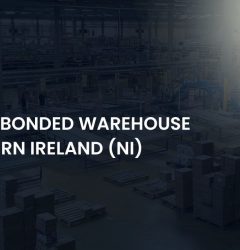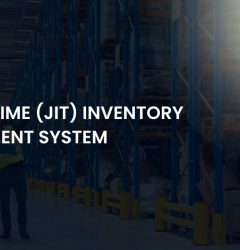17 Jun
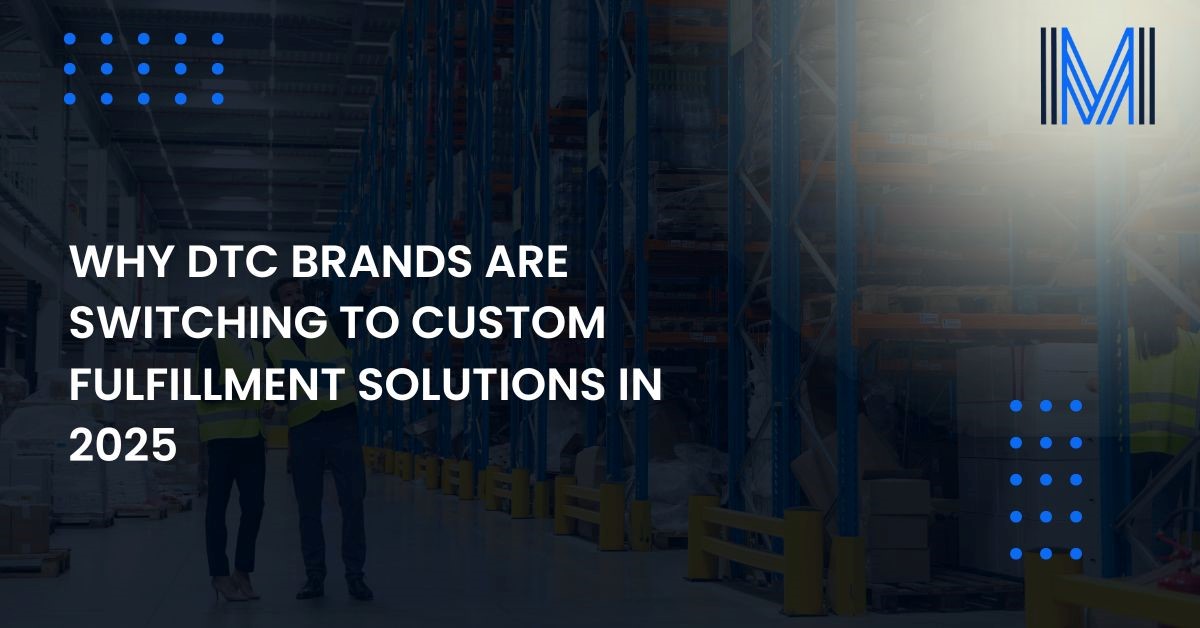
Direct-to-consumer retail is booming: global DTC sales are forecast to top $187 billion by 2025 (source). At the same time, 80 percent of shoppers now expect same-day delivery (source). Those twin pressures—sky-high growth and sky-high expectations—are pushing brands to look beyond generic third-party logistics (3PL) toward more custom fulfillment services that can keep every promise their marketing makes.
In 2025, switching to DTC fulfillment solutions tailored to your brand’s DNA is rapidly becoming the new competitive criteria.
Why DTC Brands Are Choosing Custom Fulfillment in 2025
Technology has finally caught up with what founders have always wanted: a logistics engine built just for them. AI-driven slotting, robotics, and local micro-warehouses shrink the distance between shelf and doorstep delivering on sustainability goals and “need-it-now” expectations.
Custom providers weave recycled packaging, carbon-tracked shipments, and real-time dashboards into one seamless direct-to-consumer logistics stack, creating the kind of branded unboxing moments and instant gratification that generic 3PLs find hard to match. With margin pressure rising, every saved mile, gram, and return feeds directly into profit.
Fulfillment Trends for DTC Brands In 2025
1. Hyper-local fulfillment centers
Brands are decentralizing inventory into city-adjacent micro-nodes, cutting last-mile times and enabling eco-friendly bike or EV delivery.
2. AI in warehouse intelligence
Forecasting models blend historical demand with TikTok virality data to automate replenishment and slotting. The warehouse automation market is set to grow 15.9 percent CAGR from 2025 onward source.
3. Sustainability and circular packaging
Compostable mailers, take-back loops, and reusable totes move from niche to norm as governments tighten waste regulations.
4. Seamless cross-border logistics & tariff resiliency
Duty-paid shipping, dynamic HS-code assignment, and EU/UK duty mitigation keep conversion rates intact while protecting margins.
Benefits of Custom Fulfillment For DTC Brands
1. Personalized unboxing & stronger branding
Custom kitting, inserts, and eco-inks turn parcels into marketing channels, driving repeat purchases through a memorable branded unboxing experience.
2. Optimized inventory flow and cost control
Smart slotting plus inventory optimization for DTC cuts holding costs while slashing out-of-stocks, so marketing never has to pull the brakes.
3. Returns-managed processes that boost retention
Automated RMA portals and in-box QR codes shrink refund cycles, converting up to 30 percent of returns into exchanges rather than refunds.
4. Always-on, real-time fulfillment tracking
API-level visibility lets support teams answer “Where’s my order?” before customers even ask, lowering ticket volumes and boosting CSAT.
5. Future-proof, scalable fulfillment solutions
Demand spikes? Product-line expansions? A modular network flexes space, labor, and carrier mix on demand, eliminating the capital drain of warehouse leases.
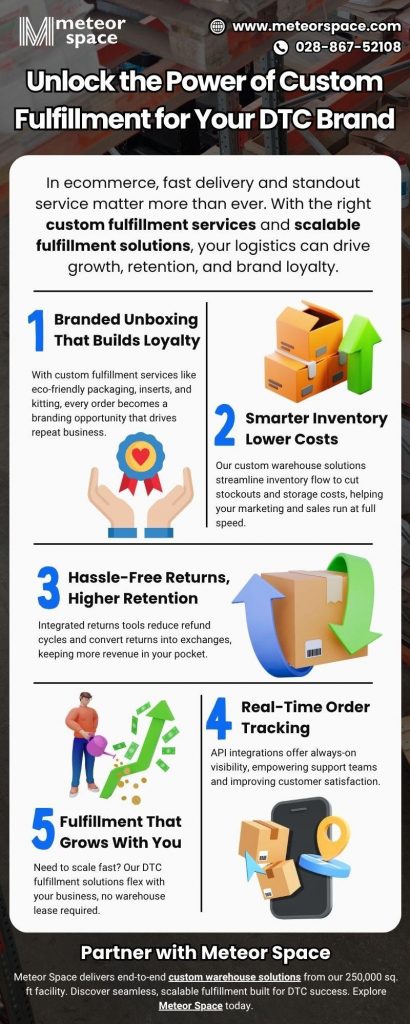
How Custom Fulfillment Helps DTC Scale In 2025
Scaling a DTC brand requires more than inventory; it needs strategic expansion:
- Distributed micro-warehouses placed near key markets support fast delivery without excess overhead.
- Regional warehouse management systems (WMS) leverage inventory forecasting and smart stock placement to prevent sell-out and waste.
- Direct-to-consumer logistics that adapt to volume spikes ensure steady performance during promotions or product launches.
Brands using custom solutions can grow nationwide—even globally—while maintaining service levels.
Custom Packaging and Fulfillment For DTC Businesses
- Eco-friendly materials drive positive brand perception and cost savings through lightweight designs.
- Custom kitting and inserts encourage upsells. A curated unboxing moment raises average order value and social shares—amplifying brand visibility organically.
- The right custom warehouse solutions integrate SKU pairing rules so warehouse staff can build influencer-worthy parcels at scale.
Switching from Traditional to Custom Fulfillment Services
Step | Traditional 3PL | Custom Fulfillment |
|---|---|---|
Inventory placement | Single centralized site | Multiple regional hubs |
Technology | Standard WMS platform | AI-enabled tools and demand forecasting |
Packaging | Generic cartons | Brand-specific sustainable options |
Service flexibility | Fixed service levels | Adjustable delivery windows |
Transition plan:
- Assess current order volume and delivery benchmarks.
- Select a tech-focused partner offering strong integrations and customization.
- Pilot shipments in one region to validate new workflows.
- Measure key metrics such as delivery accuracy, fulfillment speed, cost per order, and return rate.
A phased rollout limits disruption while providing clear data on performance gains.
Conclusion
In 2025, success in DTC ecommerce hinges on more than products—it depends on custom fulfillment services, integrated logistics, sustainability, and brand experience. Custom solutions deliver control, scalability, and success stories, all while reducing costs and complexity.
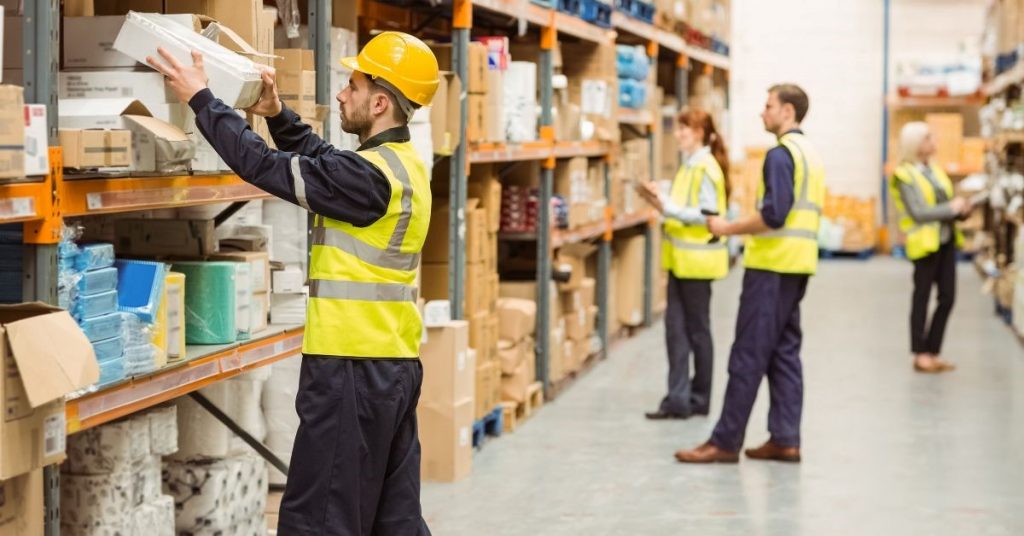
For brands ready to make the leap, Meteor Space offers best-in-class support. With a 250,000 sq. ft Northern Irish facility, advanced automation, real-time inventory tracking, and seamless ecommerce order fulfillment, Meteor Space scales with you—even during peak seasons.
Ready to elevate your DTC logistics? Explore the best custom 3PL services for DTC brands with Meteor Space today.
FAQs
1. How long does it take to switch from 3PL to custom?
Typically 8–12 weeks—from initial audit to live operations—depending on order volume and integration complexity.
2. Can custom fulfillment support seasonal spikes?
Yes. Scalable fulfillment solutions include flexible staffing and temporary warehousing to handle Black Friday, holidays, and flash sales.
3. What inventory KPIs should DTC brands track when using custom services?
- Order accuracy rate
- Inventory turnover ratio
- Days of inventory on hand
- Cost per order
- Return rate
Tracking these ensures efficiency, cost control and customer satisfaction.
Author:
Namrata Chawla
Namrata Chawla, a professional writer, crafts compelling weblog content on warehouse management, inventory control, logistics, and beyond. With a wealth of experience in this niche, she’s dedicated to delivering unique, informative, and top-tier posts. Her commitment to exploration ensures fresh perspectives in each insightful blog post.
UPDATED ON: 17th June 2025

